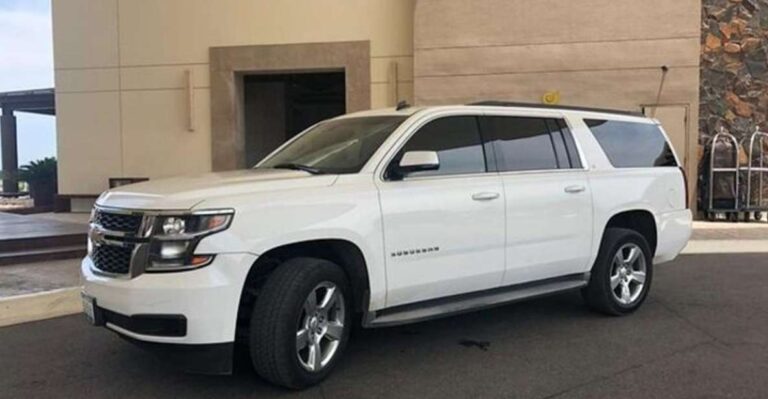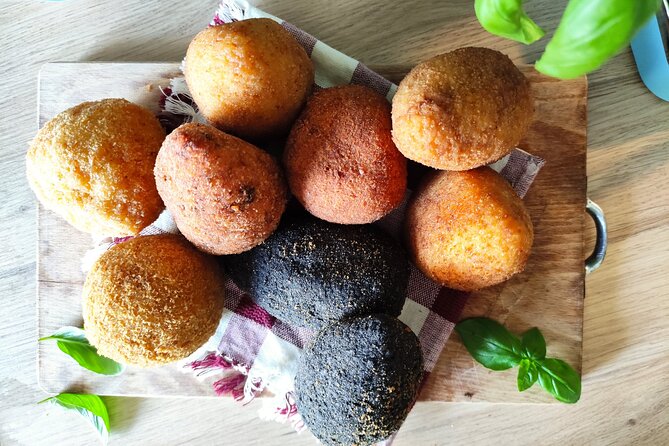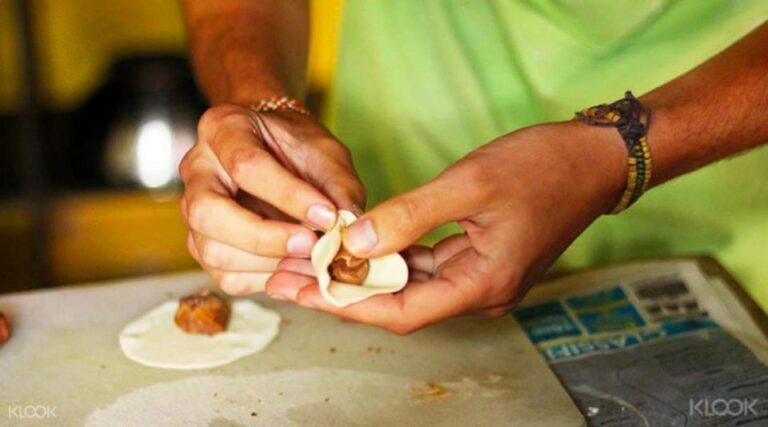What do astronauts eat in space?
The truth is that being an astronaut isn’t that easy, and it doesn’t mean you get to float around in space for a few months. They have a very strict schedule of work to stick to whilst they’re up there, so there’s often that much time left for extracurricular activities, and it’s not that easy to make yourself a sandwich either.
So this being said, what do astronauts end up eating on a daily basis? We’re going to look at what they eat and drink whilst they’re making their journey through space.
In the past, astronauts had a very limited number of choices when it came to taking food into space with them. We know that Yuri Gargarin, the first man that travelled into space back in 1961, had his food in toothpaste like tubes, much like you may see in the movies.
But by the late 60s, this was pretty much abandoned as new ways to take food into space became possible. It wasn’t until the 70s that NASA added in the ability to heat up the food, along with hot water for cups of tea or coffee, as well as a fridge in there too.
In the modern day, there’s actually not much different between what you may take aboard a mission into space, and what you may take with you on a camping trip. The food is usually stored using the same methods we would use on earth too; typically stored in tins or in zip lock containers.
So, nowadays astronauts have a pretty wide variety of different foods to choose from when going into space. But some of the most popular choices are;
- Fruit – Whilst fruit wouldn’t have been chosen as a viable option to go into space at one time, with a refrigerator to extend its shelf life, it’s actually one of the most popular choices for astronauts now.
- M&Ms – Although they’re not called M&M’s onboard NASA’s space craft, these small chocolate treats are ideal for use in space. They melt in the mouth, meaning there’s no need to worry about any mess.
- Shrimp cocktail – One of the most staple foods in an astronauts eating regime is shrimp cocktail, and it has been since the 1980s. Although it’s to the best to look at, it manages to retain a lot of its flavour, which has made it a firm favourite on many space missions.
As well as this, the space station has what is essentially a full dining room layout as well. All of the chairs and table are stuck to the floor (so they don’t float off!).
You can see above that actually in the modern day, astronauts have a decent range of different foods to choose from when they go into space. But there are still some key ones that are on the no flight list; for pretty obvious reasons too.
Probably the most well known one is that astronauts aren’t allowed to take salt and pepper onto the spacecraft with them. Well, not in its traditional form anyway. If an astronaut does need salt or pepper, then they’ll need to take the liquid version with them.
This is because if the salt or pepper was out in the open, then with the lack of gravity, it would just end up floating around. This would be the case with anything small and lightweight, so powders are pretty much off limits.
The danger is that these small granules could end up blocking important vents and clog vital equipment.
In the past, astronauts used to take fresh bread with them into space. NASA has confirmed this, as it was one of the staples that made up one of their three meals a day.
However, over the last few decades NASA has put a stop to astronauts taking bread into space with them. Why? Well, much like salt and pepper, bread can easily be broken up into smaller pieces, and you can be left with crumbs very easily. These crumbs can cause problems.
The solution? Nowadays, astronauts are advised to instead opt for a tortilla or similar style bread instead, as there’s no crumbs to clear up.
Even though NASA still sell this ice cream in their gift shops, and it’s become pretty well known around the globe, it’s not actually something that astronauts take into space with them. It was made for those reasons, but it never proved particularly popular with the astronauts themselves. Plus with the space station getting a refrigerator, they can probably get normal ice cream up there now anyway.
Although there’s no strict rule against taking this style of freeze dried ice cream into space, it’s not likely that it would be allow. This is because it’s similar in nature to both bread and condiments, as it can break off into small debris very easily, which could affect the space mission.
Astronauts in the modern day have a much greater selection than Buzz Aldrin and Neil Armstrong, two of the astronauts that have been to the moon, had back in the 1960s.




